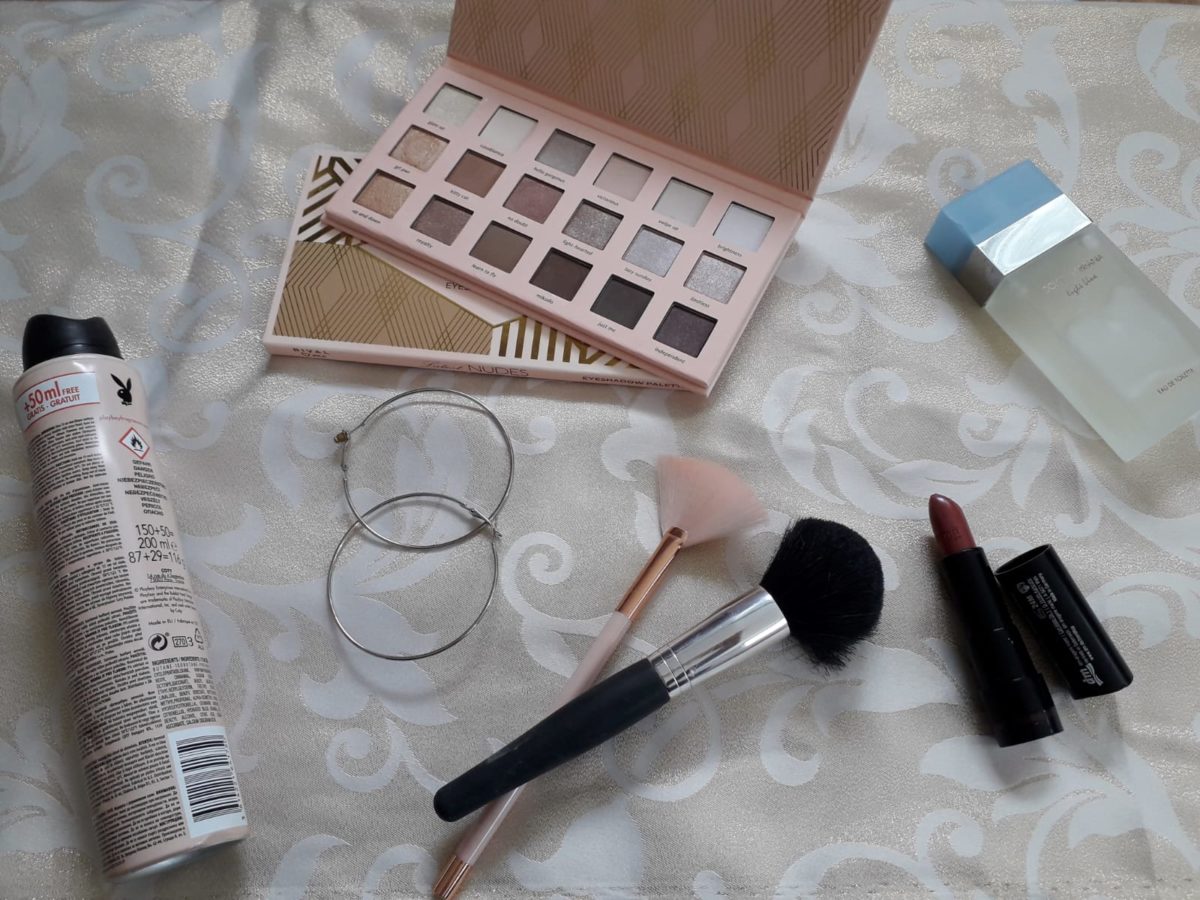In pop culture, the best compliment a male fictional character or celebrity could get last summer was to be “written by a woman”. Gen Z calls it the female gaze and is using it as a compliment for fictional characters or the image that the media portrays of public people.
The media calls it the female gaze and it describes the point of view of people other than cisgender men and how they perceive it. But the female gaze can also be a feminist approach according to Laura Mulvey’s theory and its counterpart, the male gaze. Through the female gaze, the focus lies on what is felt or how is something understood. In contrast, the male gaze focuses on what is shown. It shows the limited male view and how certain men perceive the world as their stage and movie at the same time.
Judging between women
The male gaze shows the perspective of heterosexual men in arts and literature. Therefore, it is objectifying women and only focusing on their sex appeal. In short, they are objects of desire. For example, female characters in action movies have no depth in character, like Megan Fox in the Transformer movies. She plays the role of Mikaela Banks, a smart girl that knows a lot about cars. But instead of showing the character’s mechanic-like skills, the viewers only saw the actress in revealing clothes. Other examples can be found in certain video games, stereotypical action movies and music videos, such as Perra by J Balvin or Taste by Tyga as they use female bodies as props. Women are used to satisfy the male audience.
Growing up in a world that supports and fuels this perspective, women feel the need to look sexy all the time. They put themselves under pressure to look perfect, even when there are no men around. Some women feel accomplished if they are desired by men; this creates a subliminal competition between women.
The rise of the pretty boys
Written by a man, means you as a woman are seen as super sexy by heterosexual males.
The female gaze is a new approach to portray characters, not only by women but also by people who are trans and/or nonbinary.
The female gaze was created to show the beauty in femininity and not focus on the body only.
In general, the female gaze doesn’t represent hyper-masculinity to show attractive men. Softer-looking men are becoming popular. The alternative standard of aggressive men with sizzled bodies, like the actors in Magic Mike, for example, is slowly worn out. Softer and gender-nonconforming men are more popular among women. A reason for that could be that women tend to feel safer with innocent-looking guys and less threatening men are seen as more reliable than hypermasculine ones. This new hype is often not really understood by some people.
Effects on young people and our society
One should consider that many young people spend a lot of time reading books, watching movies and listening to music. They get inspired by and also learn from them, consciously as well as unconsciously. Because of that, they develop a perception of the world based on what they see and read. People tend to base their self-esteem on how well they fit the standards and their ultimate goal is to be desired by their preferred gender.
On this ground, both of these gazes can be pretty blunt and harsh dynamics and lead to hurt young people. For example, men don’t have to either be soft-looking or super masculine and women don’t have to act sexy to be seen.
In addition to that, there is no way to fit into both standards and it forces us to put people into boxes. Our whole existence turns into a performance for someone else’s perspective.
Author: Lea Isler


